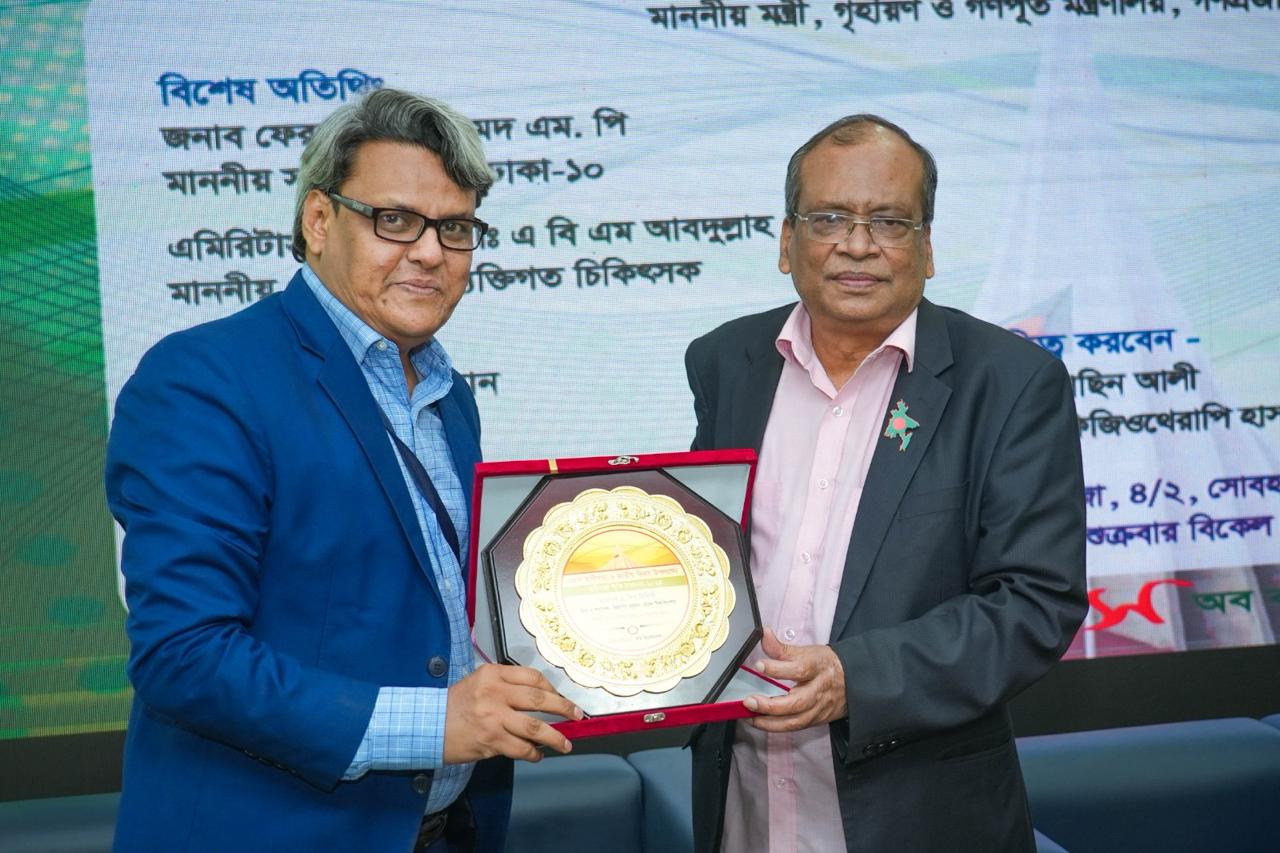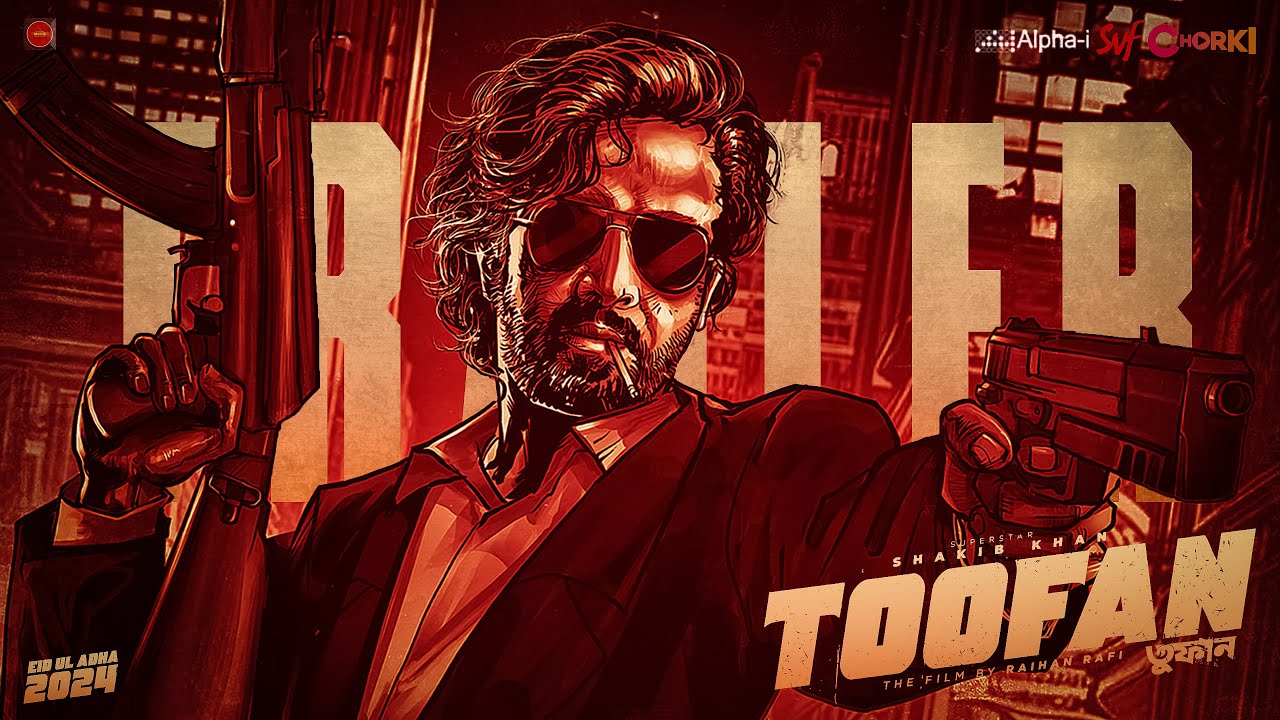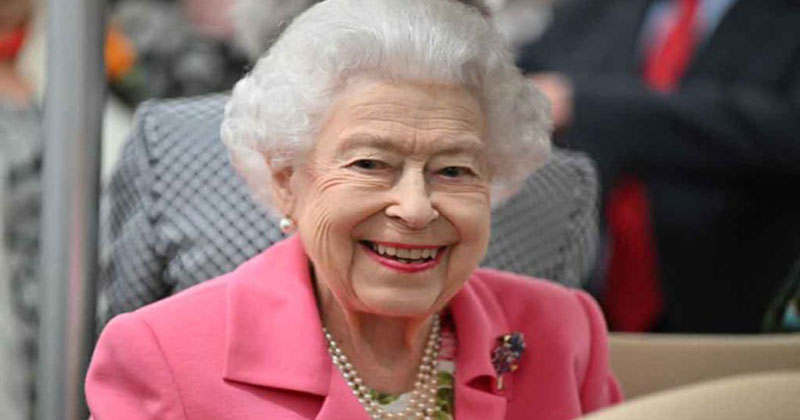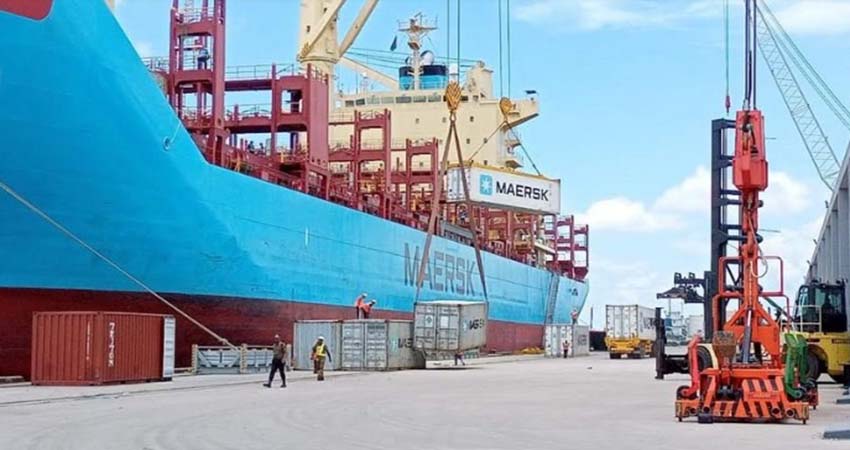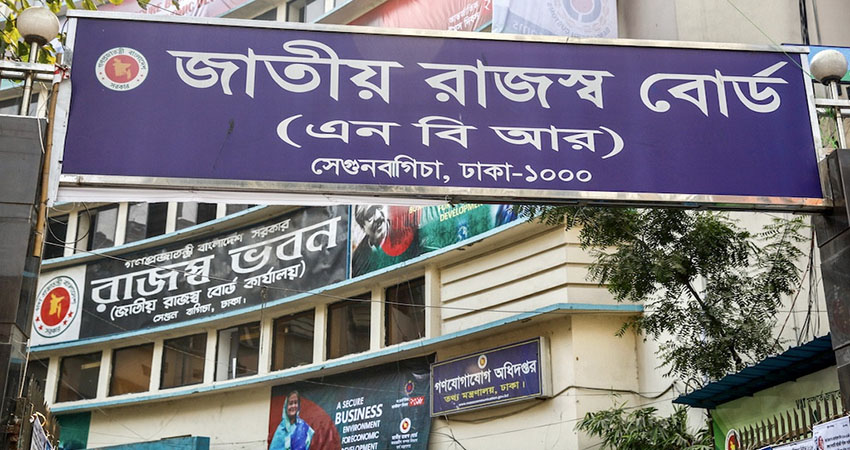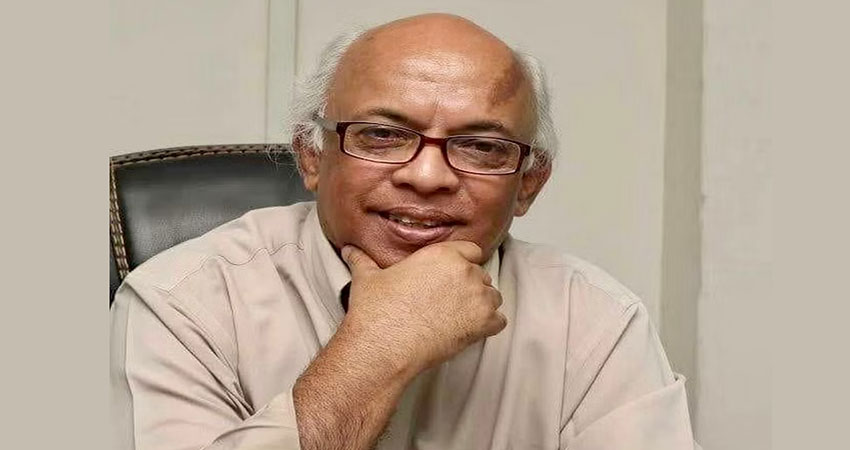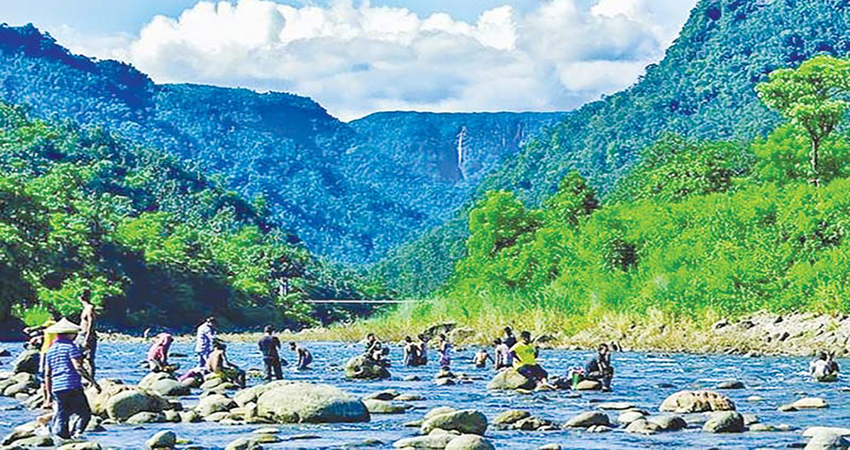At a recent meeting of the government's Ministry of Commerce before Eid-ul-Azha, per sftsalted leather price has been fixed at Tk 47 to 52 in Dhaka and Tk 40 to 44 outside in Dhaka; across the country, the price of salted he-goat skin is set at Tk 18 to 20 per sft and she-goat skin at Tk. 12 to 14 per sft.
At that meeting, the government fixed the higher price of salted cow skin at Tk. 7 per sft. The sacrificers, seasonal traders and madrasa and orphanage authorities were hoping to get some increase in the price of cow skins sacrificed on this holy Eid-ul-Azha. But their dreams remained unmet.
According to media reports, the largest warehouse of sacrificial leather has sold small cow hides at Tk. 200-250 in the capital's Old Dhaka Posta area. Medium sized cow hides were sold at Tk. 300-750 per piece and large-sized cow hides at Tk. 800-1,150.
However, most of the storekeepers are reluctant to buy small size cow, he-goat and she-goat skins. The traders also say that if someone brings a small cow skin for sale, the price is Tk 100 only. He-goat and she-goat skins were not sold for more than Tk 10.
At the time of 2014, the price of 3,000 skins was around Tk. 1crore i.e., the average price of each hide was Tk. 2,500 to 3,300. But since then the price of leather has fallen in the international market.
Especially in the leather industry city of Hemayetpur, the big brands of Europe and America are not buying leather from our country as the pollution in leather processing has not stopped.
Apart from that, many warehouse keepers and leather traders have left the business as the owners of the tannery have not paid the arrears. All in all, the leather business is in a deep slump. Traders say that over the years, one-third of traders have left the business to join other businesses, counting the on-going losses. Only a handful of traders have no other ways to showing interest in the leather business during the season.
However, due to the lack of environmental compliance in the country's leather processing and production, the demand for Bangladeshi leather products in the international market has never seen a rise.
The UK-based Leather Working Group (LWG) usually certifies whether leather goods are produced in an environmentally friendly manner. In this case, due to various complications, the tannery and leather goods manufacturing companies of Bangladesh do not qualify to apply for the certificate by fulfilling the required conditions.
On the other hand, the owners of small tanneries evicted from Hazaribagh have not yet been able to start business on their own plots in Savar. Many entrepreneurs in this sector are already defaulters in various banks and that is why they have not been able to collect new loans.
The hope is that leather and leather products are an export-oriented industry based on domestic raw materials. It is a potential sector in terms of growth of national income, foreign exchange earnings through exports, employment and value addition.
The Ministry of Industries undertook a project through Bangladesh Small and Cottage Industries Corporation (BSIC) to build an environmentally friendly leather industrial city with the construction of a modern central waste treatment plant. But due to various complications, it has not been possible to launch it yet.
According to the government's Export Promotion Bureau (EPB), in the fiscal year 2020-21, the export of leather and leather products has generated US$ 941.60 million, which is 2.36 percent more than the target.
On the other hand, in the fiscal year 2019-20, the income from leather and leather products was US$ 797.60 million. In the 2014-15 financial year, Bangladesh earned US$ 1130 million by exporting leather and leather products. In the 2015-16 financial year, it increased to US$ 1160 million.
In the 2016-17 financial year, this income increased to US$ 1234 million, which was the highest export income from the leather industry in the history of Bangladesh.
Basically, since then, in the name of disaster in the export of this sector, in the 2017-18 financial year, it came down to US$ 1085.40 million. In the 2018-19 financial year, it dropped further to US$ 1020 million and in the 2019-20 fiscal year, it further decreased to US$ 797.60 million.
By selling animal skins, devout Muslims distribute the money among the poor, helpless men and women, the needy and the neighbours. However, a significant portion of animal skins are usually donated to various orphanages, mosques, and madrasas. No one has ever questioned this age-old rule. Thus, although the supplier of sacrificial animal skins is apparently a devout Muslim, the vast majority of the population benefits from it.
The fall in the price of leather means the loss of the poorest people in the country and the foreign currency. On the other hand, the buyer or demand aspect of animal skins is wide. Here animal skins are used as raw material for many industrial products.
From essential shoes to luxury shoes, jackets, bags and other products are very attractive in the market of the country and abroad. Since many leather goods are very necessary, the demand for them does not decrease but increases. As the population grows, so does the demand for leather goods.
Many people say that there is a kind of farce going on about the price of raw leather. The price of everything goes up, the price of leather products is also skyrocketing but in this case only the price of raw leather goes down!
The sufferers say that this vile conspiracy is going on locally and internationally mainly to destroy the rights of the poor orphans in the madrasas and it needs to be ended immediately in the national interest.
However, it is true that the demand for leather in the international market has decreased and even though a leather industrial village has been set up in Savar, the traders have not been able to start work there even today. As a result, it is not possible to process the leather properly and the seasonal traders are not getting the expected price of leather this year as well.
If the development of the potential leather industry is hampered, our national economy will also be ruined. It is very important for the government to give grace to this potential sector. Relevant viewers question is when the good days of leather will come back again and they will get the fair price!
Writer: Banker and Columnist
The Daily Citizentimes/OH/MY

